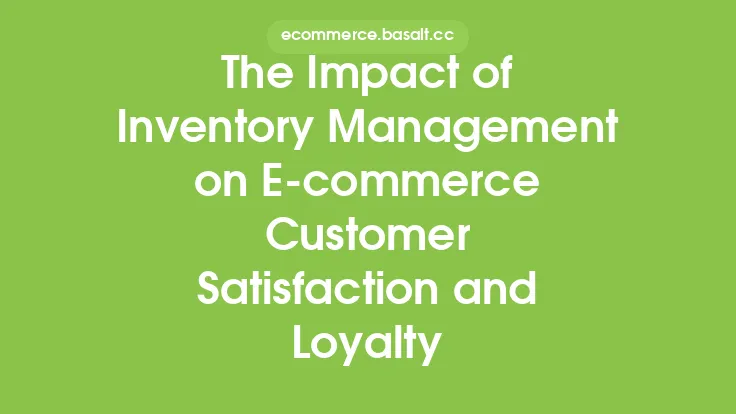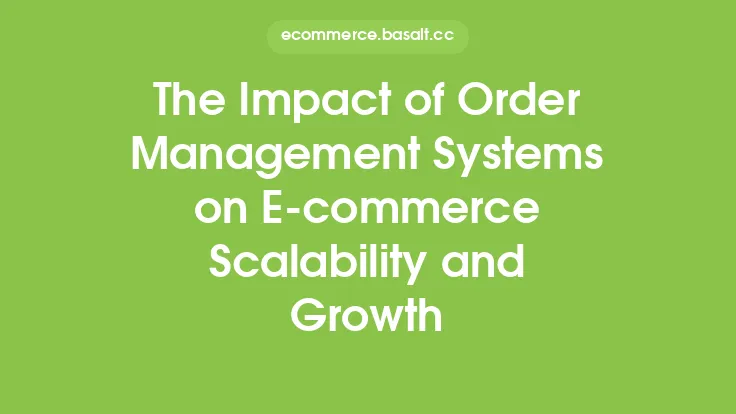Shipping zones are a crucial aspect of e-commerce businesses, as they play a significant role in determining the cost and efficiency of order fulfillment. In essence, shipping zones refer to the geographical areas that a shipping carrier delivers to, with each zone having its own set of rates and delivery times. Understanding shipping zones is vital for e-commerce businesses, as it can help them optimize their shipping strategies, reduce costs, and improve customer satisfaction.
What are Shipping Zones?
Shipping zones are typically divided into different regions, with each region having its own unique characteristics, such as population density, road infrastructure, and distance from the shipping carrier's hub. The most common shipping zones are based on the distance from the point of origin, with zones typically ranging from Zone 1 (local) to Zone 8 (long-distance). Each zone has its own set of rates, which are determined by the shipping carrier based on factors such as fuel costs, labor costs, and transportation infrastructure.
How Do Shipping Zones Affect E-commerce Businesses?
Shipping zones can have a significant impact on e-commerce businesses, particularly in terms of shipping costs and delivery times. Businesses that understand shipping zones can optimize their shipping strategies to reduce costs and improve delivery times. For example, a business that ships primarily to Zone 1 and Zone 2 may be able to negotiate better rates with their shipping carrier, as these zones are typically less expensive to ship to. On the other hand, businesses that ship to Zone 7 and Zone 8 may need to factor in higher shipping costs and longer delivery times.
Types of Shipping Zones
There are several types of shipping zones, each with its own unique characteristics. Some of the most common types of shipping zones include:
- Regional shipping zones: These zones are based on geographical regions, such as the Northeast or the West Coast.
- Distance-based shipping zones: These zones are based on the distance from the point of origin, with each zone having its own set of rates.
- Population-based shipping zones: These zones are based on population density, with urban areas typically having lower shipping rates than rural areas.
- Custom shipping zones: Some shipping carriers offer custom shipping zones, which can be tailored to a business's specific needs.
Factors That Influence Shipping Zones
Several factors can influence shipping zones, including:
- Distance: The distance from the point of origin is a major factor in determining shipping zones.
- Population density: Urban areas typically have lower shipping rates than rural areas.
- Road infrastructure: Areas with well-developed road infrastructure may have faster delivery times and lower shipping rates.
- Fuel costs: Fuel costs can impact shipping rates, particularly for long-distance shipments.
- Labor costs: Labor costs can also impact shipping rates, particularly for shipments that require specialized handling.
Strategies for Optimizing Shipping Zones
E-commerce businesses can optimize their shipping zones by implementing several strategies, including:
- Zone skipping: This involves shipping packages directly to the destination zone, rather than routing them through a central hub.
- Zone consolidation: This involves consolidating packages from multiple zones into a single shipment, which can reduce shipping costs.
- Using regional carriers: Regional carriers may offer better rates and faster delivery times for shipments within a specific region.
- Negotiating with shipping carriers: Businesses can negotiate with shipping carriers to secure better rates, particularly if they have a high volume of shipments.
Best Practices for Managing Shipping Zones
To effectively manage shipping zones, e-commerce businesses should follow several best practices, including:
- Monitor shipping rates and delivery times: Businesses should regularly monitor shipping rates and delivery times to ensure they are getting the best possible service.
- Use shipping zone software: Shipping zone software can help businesses optimize their shipping zones and reduce costs.
- Communicate with customers: Businesses should communicate clearly with customers about shipping rates and delivery times to manage expectations.
- Review and adjust shipping strategies: Businesses should regularly review and adjust their shipping strategies to ensure they are optimized for their specific needs.
Conclusion
Shipping zones are a critical aspect of e-commerce businesses, and understanding them is vital for optimizing shipping strategies, reducing costs, and improving customer satisfaction. By recognizing the different types of shipping zones, factors that influence them, and strategies for optimizing them, businesses can improve their bottom line and provide better service to their customers. As the e-commerce landscape continues to evolve, it's essential for businesses to stay up-to-date on the latest shipping zone trends and best practices to remain competitive.





